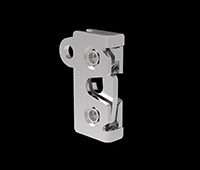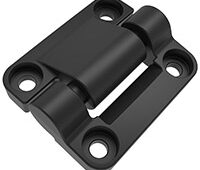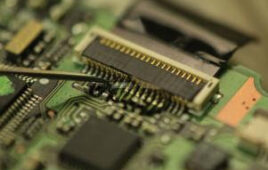In a compressor application, the locknut can play a key role in establishing the clearance between the rotor and the compressor housing, where too little clearance causes seizure and too much reduces compressor efficiency due to leakage around the rotor body.


While the standard Spieth locknut configuration would work, several design refinements benefitted the compressor application. These refinements included a positive locking feature without washers and keys and the locknut’s ability to support extreme thrust loads by providing full 360º contact around the thread flanks.
Other key features included:
— Square face to thread precision, for better bearing reliability and compressor efficiency, due to accurate rotor positioning
— Lock screw adjustment that does not reduce end clearance or negatively impact reliability
— Absolutely no locknut movement in operation
The full circumference contact of the Spieth locknut ensures the locknut would not back off, even when subjected to extreme shock loads. It further aligns its contact face with either a zero runout or, as needed, it can be adjusted to suit the inaccuracies of the in-line connecting components, thus compensating for minor errors of parallelism due to the stack-up of mating parts. Uneven bearing loading is thus compensated and its impact reduced.
The basic design of the Spieth adjustable locknut involves two axially arranged radial grooves, one from the outside and one from the inside, which result in a diaphragm-like cross-section to give the locknut a predetermined axial elasticity. The internal groove divides the locknut into a clamping and a locking section. Depending on the nut size, multiple axially arranged socket head set screws clamp the sections together. This eliminates the thread flank clearance between the rotor and the locknut, allowing for shockproof clamping.
In installing the locknuts, a consistent tool torque setting sufficiently achieved parallel locknut body and threads. Thus, the face of the thread flank and centerline of the shaft were always in ideal alignment, which provides a square thrust collar for thrust bearing reliability and rotor positioning.
Advanced Machine & Engineering Co.
www.ame.com
::Design World::
Filed Under: Machine tools + subtractive manufacturing, Screws • nuts • bolts, FASTENING • JOINING • locks • latches • pins





Tell Us What You Think!